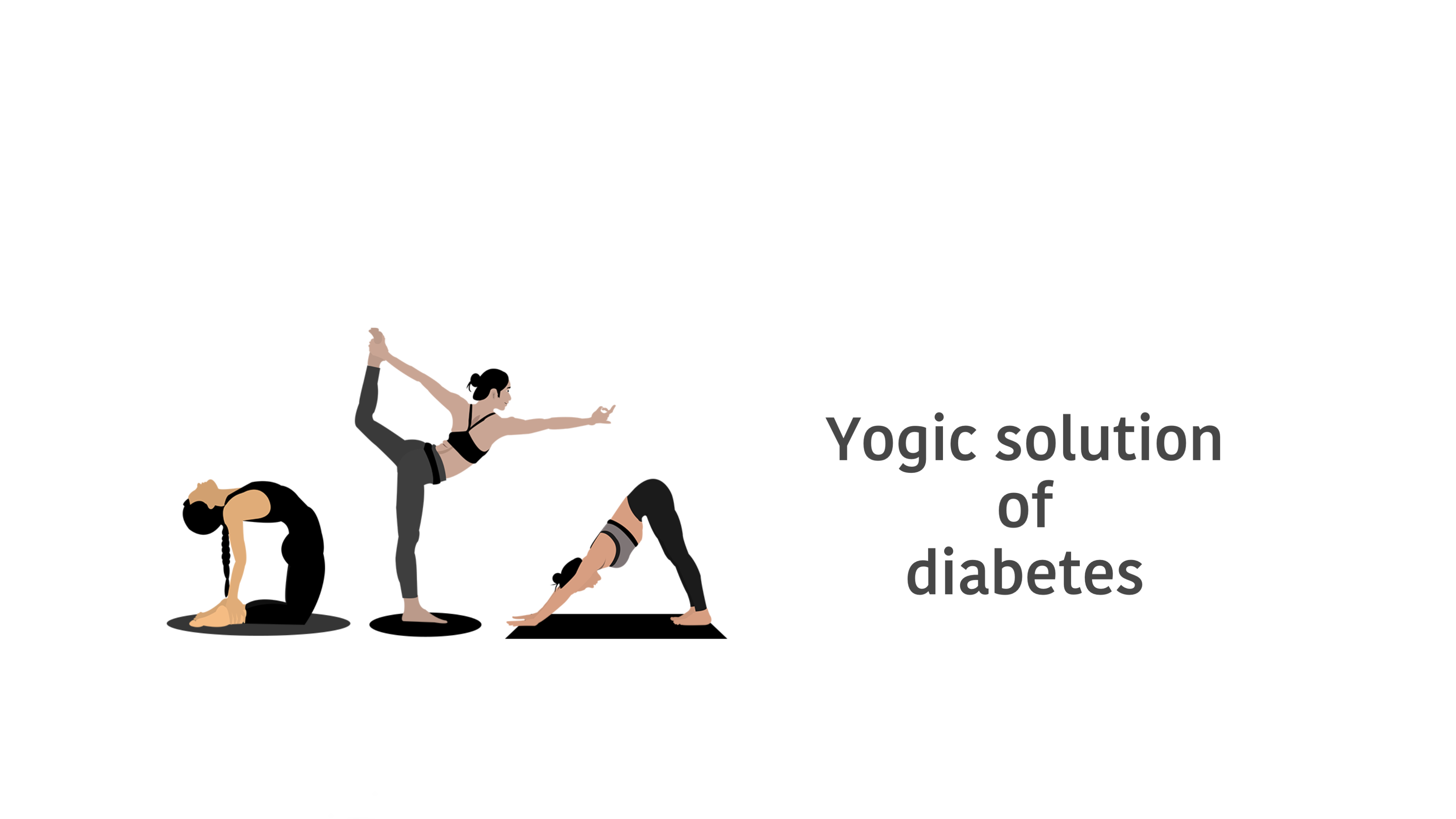
Yogic solution of diabetes
3 years ago By Yogi AnoopYogic solution of diabetes
Undeniably, diabetes mellitus is among the most common lifestyle ailments in today's date. Its enormity can be gauged from the fact that the number of diabetic patients in the world is about 450 million and every fifth person suffering from diabetes in the world is Indian.
Diabetes is a metabolic disease in which the body is unable to use glucose as energy due to insufficient secretion of insulin hormone by the pancreas gland for some reason. This increases the amount of glucose in the blood.
This uncontrolled and high blood sugar level condition is called diabetes. Diabetes leads to other ailments such as heart disease, high blood pressure, kidney failure, impotence and eye damage etc. Some of the common reasons behind diabetes include uncontrolled and unnatural lifestyle, obesity, overeating, restlessness, lack of exercise and incalculable stress.
Medical science has found a cure for this disease but it does not have a permanent solution till today. However, if the compound therapy method is adopted then a permanent solution without side effects can be arrived at. The following compound actions, a mix of yoga, meditation and pranayama, are very effective in diagnosing this problem-
Asana
Start with only subtle exercises and simple asanas. Tadasana, Trikonasana, Katichakrasana, Vajrasana, Ustrasana, Mandukasana, Ardh Matsyendrasana, Pavanmuktasana and Dhanurasana are some which can be practised. Gradually begin practising difficult asanas like Surya Namaskar, Paschimottanasana, Halasana, Bhoonmanasana and Mayurasana etc. according to the capacity.
Below we shall discuss steps to practise Bhoonmanasana:
Sit on the ground with both legs spread straight towards the front. This position is called Dandasana. Leave all the body parts loose and take five long and deep breaths. Then move both your hands to the right behind the buttocks so that the right hand is behind the left buttock and the left hand behind the right buttock. Bend the elbows of both hands in such a way that they do not touch the ground but in the final position, the head touches the ground. Be careful that the buttocks on either side do not rise above the ground. This is Bhoomnamasana. In this case, stop for a comfortable period and return to the previous position. Then do the same action on the other side.
Pranayama
The practice of Kapalbhati, Bhastrika, Agnisar, Bandh and Nadi Shodhan Pranayama can be very helpful in controlling diabetes. If they are practised keeping in view their potential in qualified guidance, then a person can be relieved from medicine and insulin or their quantity can be reduced.
Yoga Nidra
Diabetes has a close link with anxiety and stress. Yoga Nidra is extremely beneficially in calming the mind and alleviating stress and anxiety. If Shavasana, Yoga Nidra and meditation are practised daily then the root cause of this diabetes can be tackled and alleviated. Their practice brings sattvicism, peace, serenity and spontaneity to the mind which destroys the root cause of the disease.
Diet
To tackle diabetes, adopt a vegetarian diet with low carbohydrate and low starch content. Stop consuming sugar, rice and potatoes. Whole grains, green vegetables and gram, barley bran bread should be taken. One fruit should also be taken.
Recent Blog
Copyright - by Yogi Anoop Academy
